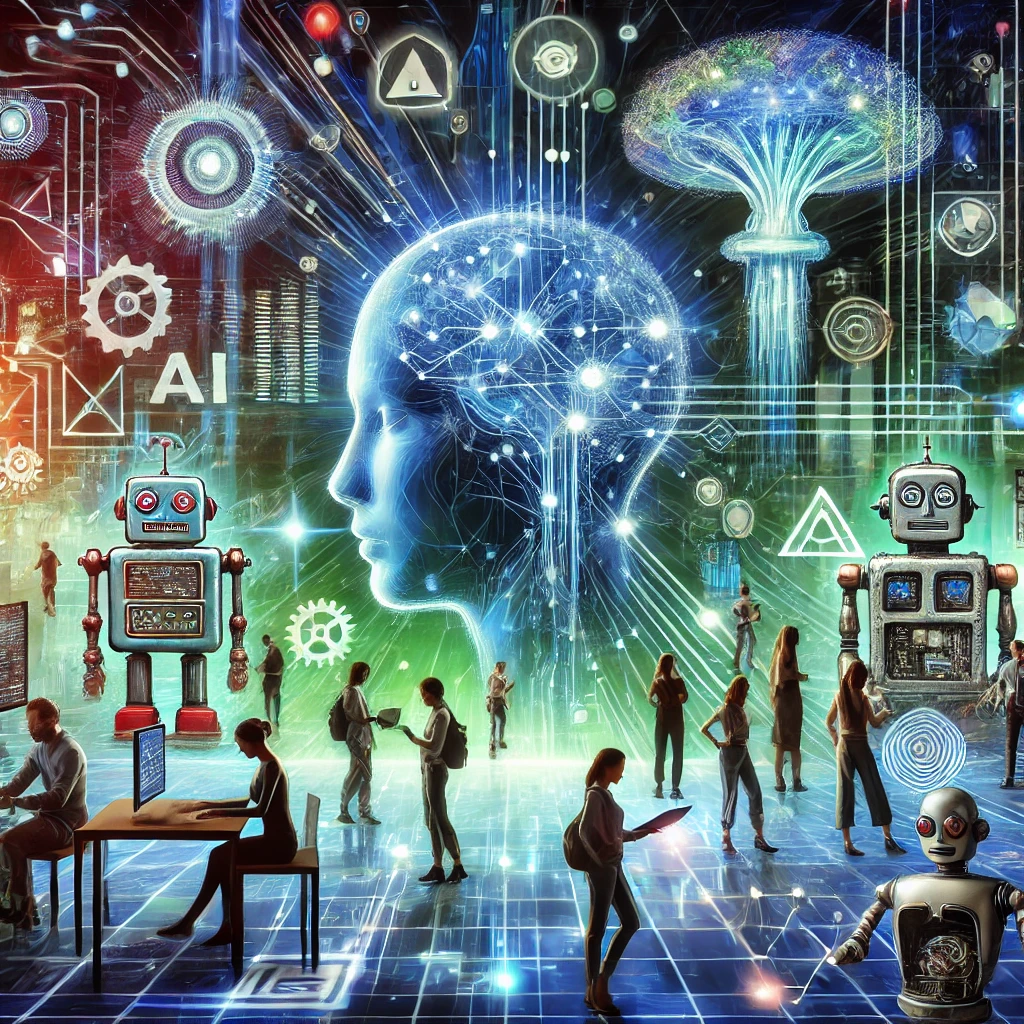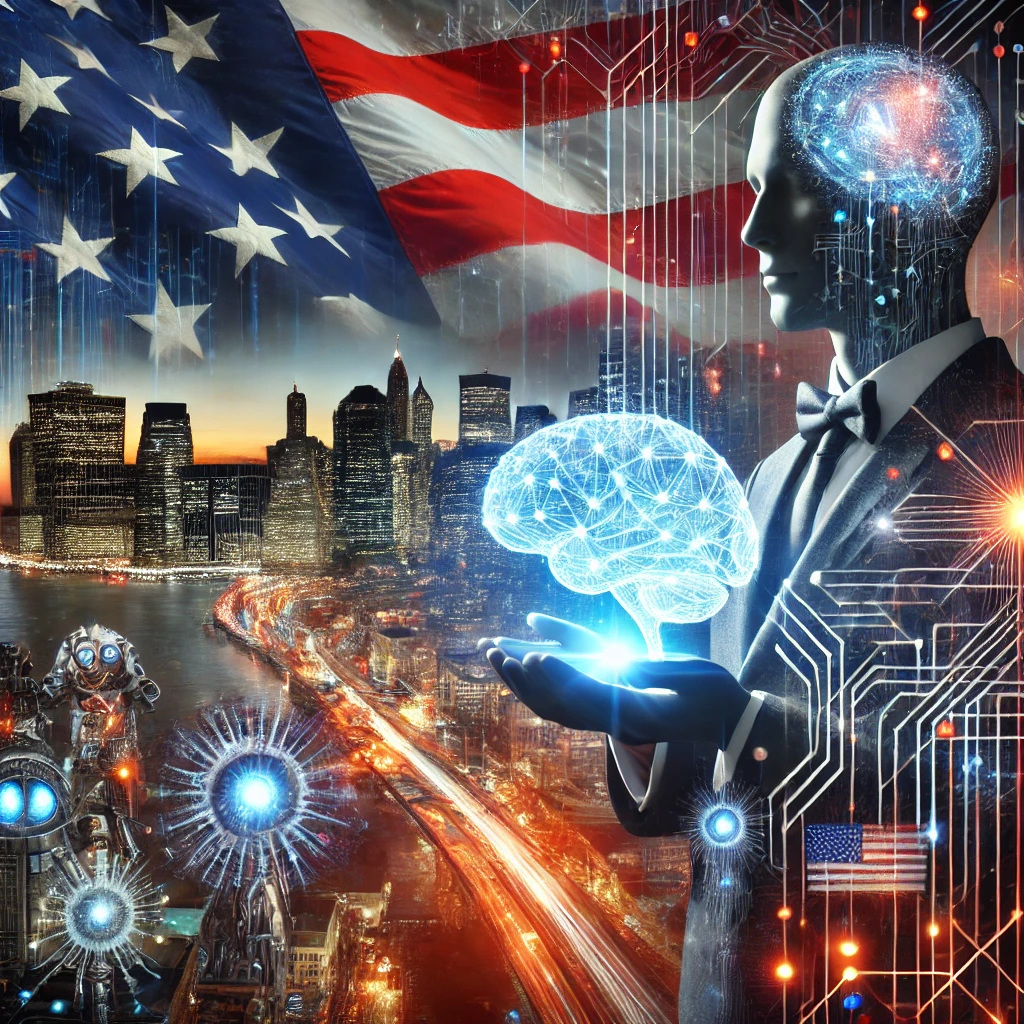How AI is Democratising Creativity and Transforming the Workforce
As we stand at the cusp of a digital renaissance, the age-old concept of “survival of the fittest” takes on a new meaning. Today, adaptability—rather than brute strength or intelligence—determines success in the workforce. With artificial intelligence (AI) reshaping industries, human workers face an existential challenge to remain relevant. In the 1990s, businesses needed websites to compete; today, they need AI. Those who embrace this transformative technology will thrive, while others risk obsolescence.
The Revolution: AI Accelerating Progress
AI and automation are creating unprecedented opportunities for businesses and society. According to McKinsey, 30% of activities in 60% of occupations could be automated. Tasks like data processing and physical activities in structured environments are especially susceptible. However, managing people, providing expertise, and stakeholder interaction remain harder to automate, highlighting areas where humans retain their edge.
Despite fears of job displacement, McKinsey predicts that the workforce can adapt. By 2030, 400 million workers could be displaced by automation, but new roles will emerge. Transitioning from declining occupations to growing industries requires a commitment to upskilling, which is key to navigating this evolving landscape.
The Economic Case for AI
The integration of AI into the workforce has the potential to reverse stagnating productivity growth. Since the 2008 financial crisis, productivity growth in major economies has fallen to an average of 0.5%. With AI, productivity could climb to 2% annually over the next decade, driven by digital opportunities. Aging populations and declining birth rates make this transformation essential for sustaining economic growth and prosperity.
Democratising Creativity: The New Playing Field
AI is the great leveller, empowering individuals regardless of background. As Kevin Kelly aptly stated, “The printing press democratised knowledge, the camera democratised images, and now artificial intelligence is democratising creativity itself.” With tools like MidJourney for logo creation or Replicate.com for generating visual content, anyone can create high-quality outputs in minutes. This new era rewards those willing to learn, adapt, and leverage these powerful tools.
Key Pillars of AI Transformation
- The Power to Build: AI tools like Replit and ChatGPT enable users to build software with natural language prompts, breaking down barriers to software development. The process is as simple as composing, testing, and optimizing prompts.
- The Power to Automate: Repetitive tasks can be eliminated, improving productivity and income potential. Tools like intelligent personal assistants, autonomous robots, and chatbots enhance efficiency, while API integration connects systems seamlessly.
- The Power to Create: With AI, creativity is no longer reserved for specialists. From logos to videos, endless possibilities are available to everyone willing to explore tools like MidJourney and AI art platforms.
- The Power to Connect: Building a personal brand and connecting with audiences is easier than ever. Success depends on creativity, clear thinking, and leveraging platforms to showcase individuality and expertise.
The Workforce of the Future
The distinction between specialists and generalists is fading as AI tools make knowledge more accessible. High compensation for expertise may no longer dominate when AI can provide 80% of the required knowledge. However, those who can combine AI skills with personal branding and connectivity will lead in this evolving landscape.
Challenges and Opportunities
While the potential of AI is immense, challenges remain. Reliable data, integration complexities, and skill gaps must be addressed to unlock its full potential. Yet, the biggest risk is taking no risk at all. As Peter Thiel, co-founder of PayPal, said, “The biggest risk is taking no risk.” Those who seize the moment to acquire AI-driven skills and adapt to change will shape the future workforce.
Conclusion
Artificial intelligence is not just a tool; it is a catalyst for transformation. By democratising creativity, enhancing productivity, and fostering adaptability, AI offers unprecedented opportunities for individuals and businesses alike. The future belongs to those who embrace its potential, redefine their roles, and step boldly into this digital renaissance. Are you ready to evolve?


Post Comment